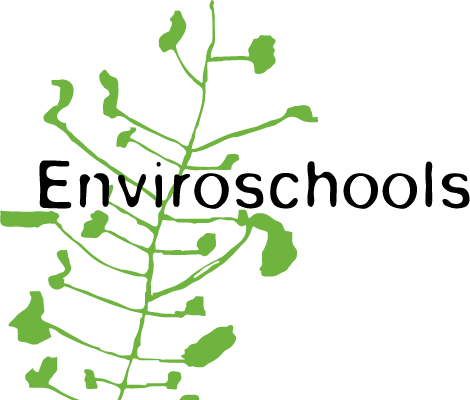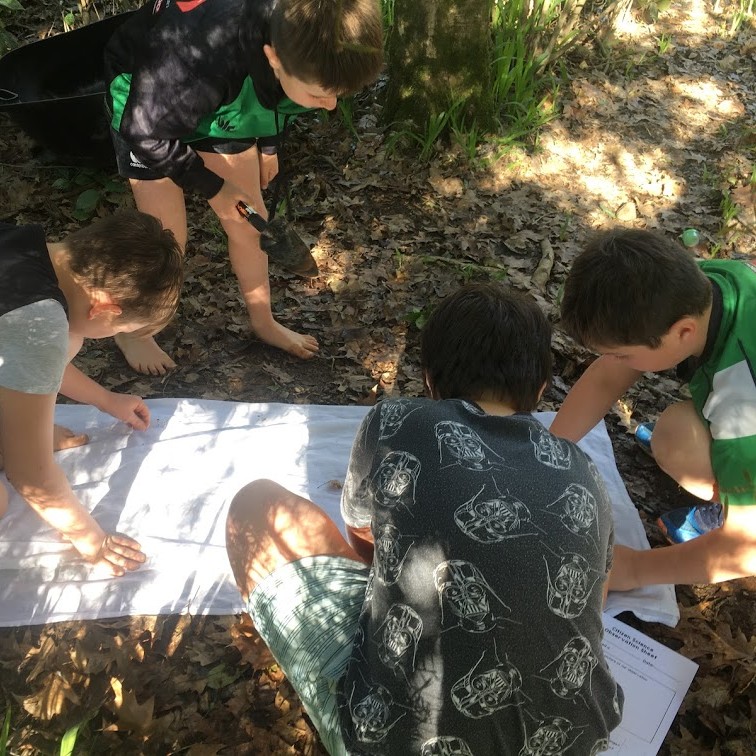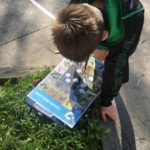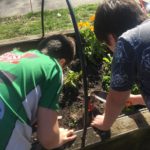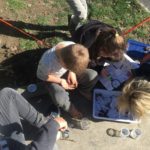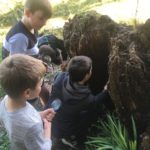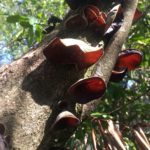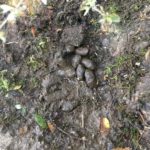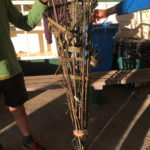Canvastown kids explore their Living Landscape
The kids at Canvastown School have been fully absorbed in discovering what creatures live in the school’s wild places this year.
They have poked under logs and in tree-stumps, crawled through long grass, shaken the branches of trees and picked through the edible gardens, seeking out all manner of living things.
They used the Living Landscapes kit to take a closer look at the birds, bugs, plants and fungi, finding names for them and learning about their interesting habits. Angela visited and helped them with some activities from Tiro One One – our Marlborough living landscapes resource.
We flipped over a tree trunk and found heaps of insects on the bottom. – Finn
Wendy from DOC visited and spoke to the students about pests in our forests. She helped the students to set up tracking tunnels so they could see if they had any of these pests at their school. The tracking tunnels have a long white piece of cardboard inside them, and a dab of peanut butter to tempt the pests to visit. A patch of black ink in the middle of the cardboard means that any visitors leave their foot or body prints on the white cardboard, and the students can then use these prints to figure out which creatures have been through.
I was the peanut butter boy when we set the tracking tunnels. I had to dig my finger in and put a blob of peanut butter on the leaf. – Josh
We wrote down where all the tracking tunnels were around the school and we found mouse prints on some of them and something has bitten them. – Leah
I found poo under the tree and it looked like possum or wild cat poo. We could set cage traps to catch them. – Luke
The students found mouse prints in one of their tracking tunnels. This led into some inquiry learning around trapping, as the students researched traps used by indigenous people around the world, and then came up with their own trap designs, making their own traps and trying them out for real.
The idea for the trapping project came as a response to a need to engage a group of boys with their learning. There is a strong culture of hunting in our small rural community, and it seemed a logical way to give these boys a chance at leadership in a practical real-life context. It is also a really good process for students to examine their play environment with a different set of eyes and gain more sense of kaitiakitanga for their special areas outside. – Kate Bowes, Enviroschools Lead Teacher.
Recognising that all areas of their school are connected, students have also been taking a careful look at waste in their school, and have discovered that some of the school’s tiniest residents have been working hard under some difficult conditions. A peek inside the worm farm found that while the worms do a great job of recycling food scraps from lunchboxes and turning it into lovely soil and natural fertiliser, they were in need of some help from students and staff.
The students took action, starting up a new worm farm that had been donated to the school, and giving the existing one a helping hand. The students with horses brought in some manure to get the worms started, and they gave their collection roster and worm buckets a revamp. They made new signs showing what scraps the worms like and don’t like, and they communicated with the school about how to keep the worms happy and productive. Students have also learnt to make beeswax wraps, becoming expert in the process and making loads of wraps so the school community can enjoy litter-free morning teas and lunches. They are also selling these as an ongoing fundraiser for school camp in Term 4.
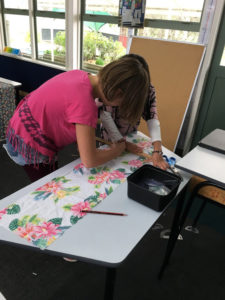
We are doing the beeswax wraps to sell for camp. My favourite part is grating and ironing. – Leah
One of Canvastown School’s next steps is to start trapping pests at school so that the grounds can become a haven for birds, bugs and lizards. They are in the process of applying for funds to make Canvastown School a Predator Free School and hope to link into the Pelorus Bridge Bat recovery programme next year.
